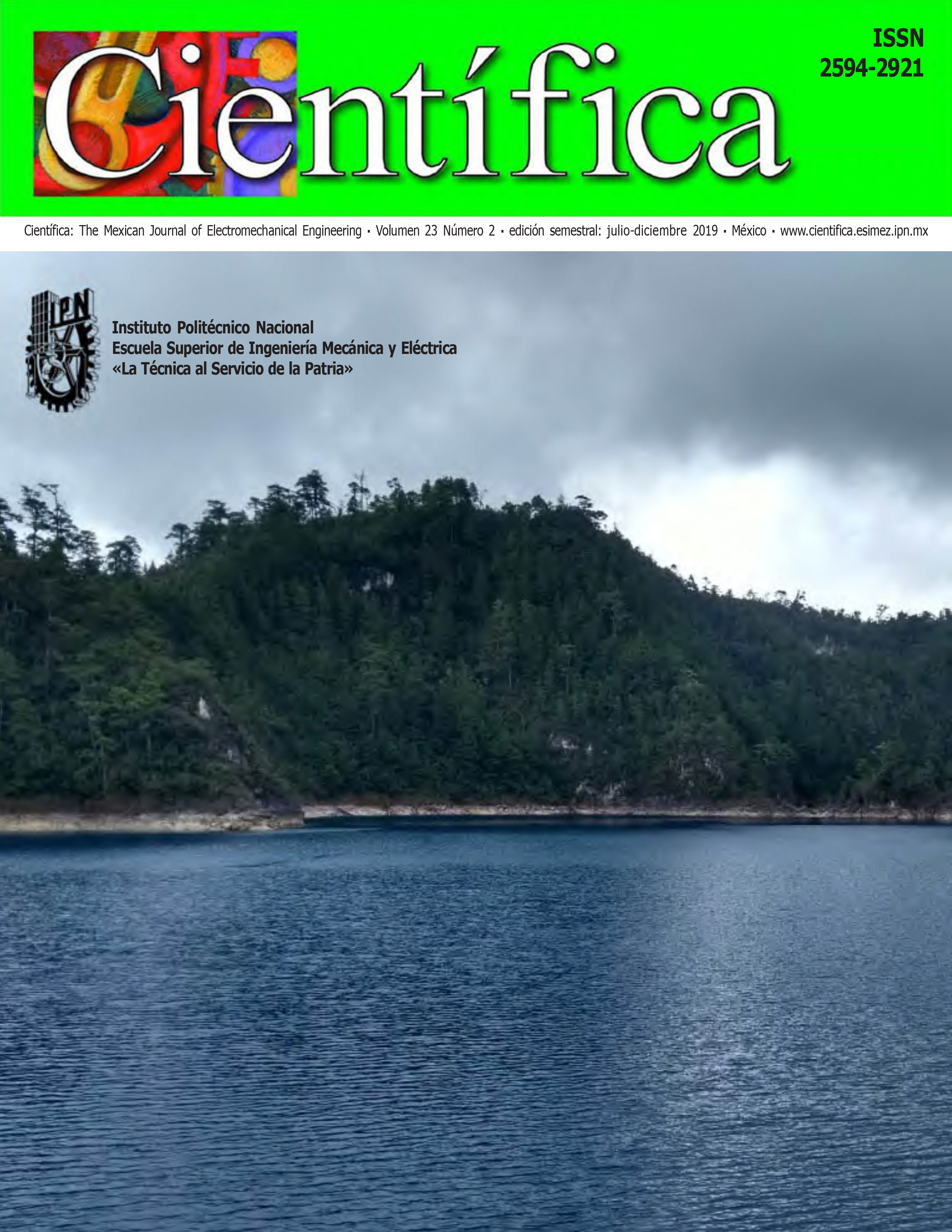Analysis of a Steam Turbine for Estimation of Coefficients of a Gas Bearing
DOI:
https://doi.org/10.46842/ipn.cien.v23n2a08Keywords:
rotodynamics, gas bearings, turbomachinery, porous graphiteAbstract
Current trends in modern turbomachinery design point towards oil-free operation, making use of green technologies. One of these is porous graphite gas bearings. The present work describes the development of a rotodynamic model of a steam turbine rotor capable of predicting free modal shapes up to the second mode at 181 Hz (10 kcpm). The rotordynamic analysis is complemented with a study of the dynamic characteristics (stiffness and damping) that the gas bearings must have so that the rotor-bearings system is considered as a critically damped system (according to the API standard 684). A direct stiffness of 31000 lbf/in and a direct damping of 32 lb-s/in are proposed. Results of this work are promising for the proper operation of the machine and are useful for the design of turbomachinery supported by porous graphite gas bearings.
References
B. C. Majumdar, Externally Pressurized Gas Bearings: A Review, Suiza: Elsevier Sequoia, 1980.
D. Devitt, Pumbs & Systems, 2017. [En línea]. Available: https://www.pumpsandsystems.com/ [Último acceso: septiembre 2018].
American Petroleum Institute, Publication RP 684, 1st ed., 1996.
H. D. Nelson, "A Finite Rotating Shaft Element Using Timoshenko Beam Theory", Journal of Mechanical Design, vol. 102, pp. 793-803, 1980.
D. Childs, Turbomachinery Rotordynamics Phenomena, Modeling and Analysis, New York: John Wiley and Sons, Inc., 1993.
Turbomachinery Laboratory, XLTRC2TM Suite, USA:Texas A&M University, 2018.
C. De Silva, Vibration and Shock Handbook, New York, Taylor & Francis Group, 2005, pp. 65-66.
American Petroleum Institute, Publication 611, 4a ed., 1997.
Downloads
Published
Issue
Section
License
Copyright (c) 2019 Instituto Politecnico Nacional

This work is licensed under a Creative Commons Attribution-NonCommercial-ShareAlike 4.0 International License.

